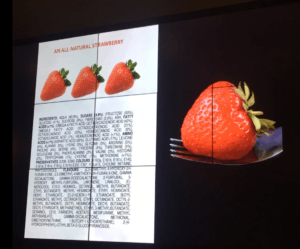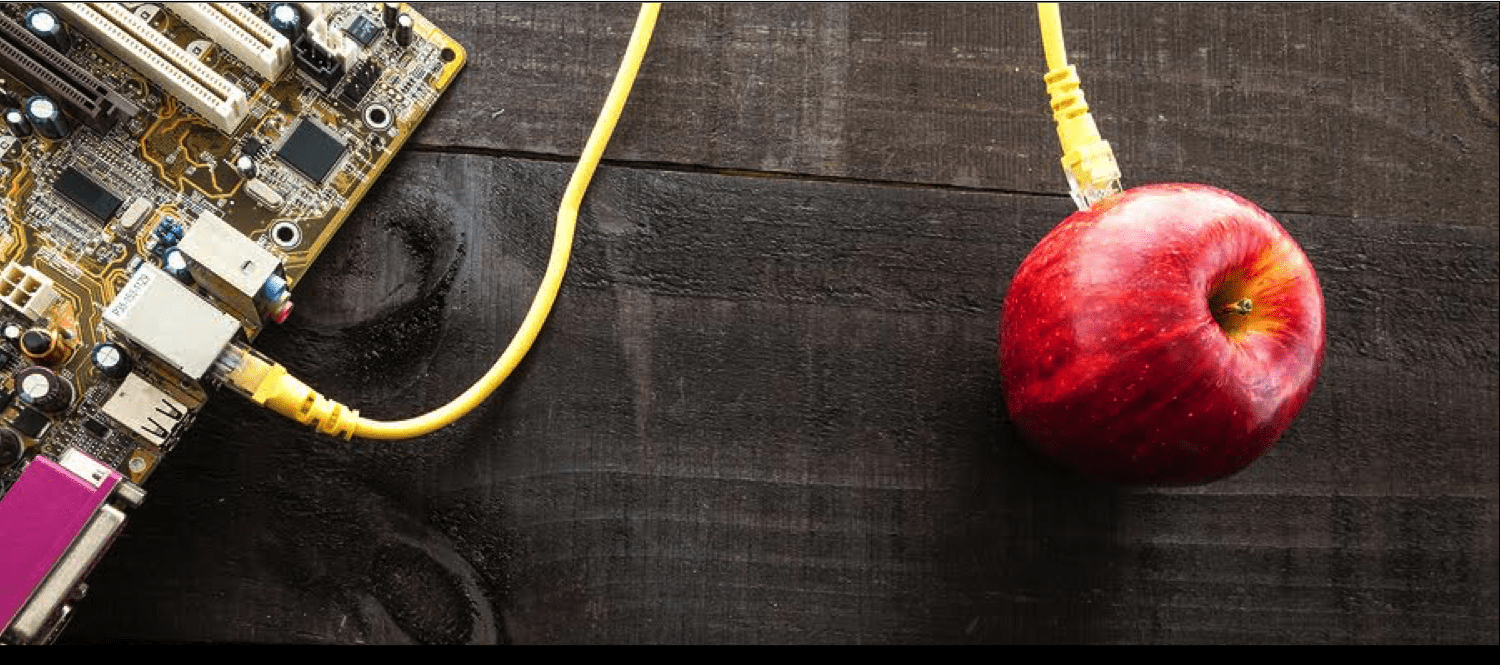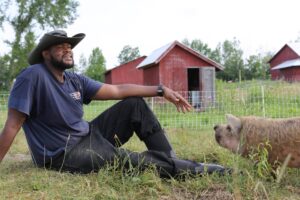Advisory investment group The Mixing Bowl teamed up with Forbes for its New York-based event this year to discuss technology’s role in changing food and farming at scale and consumer food preferences.
The audience represented a broad mix of the food industry from Californian and upstate New York farmers to venture capital funds to large food companies and consultants. And of course, there were a bunch of startups in attendance, all hoping to disrupt the status quo with their inventions. Seven of them presented to a panel of judges in the hopes of winning the coveted Golden Blender Award!
Here are my key takeaways from the day.
1. Investors Should Look for Underinvested Categories in 2017
The Mixing Bowl’s Seana Day thinks the future of agtech as a venture capital investment is still “healthy” despite the 30% drop in funding to agtech in 2016 (as do we). And she presented a market map of a selection of technologies innovating in the space, (which will be available online soon).
In some of the more invested areas such as precision ag, Day believes more work needs to be done integrating the various technologies, such in-field sensors and data services and figuring out the right business models to ensure they’re useful for the farmer. And agtech startups need to make sure they find the “right kind of capital” to support the growth of their business, she said.
Underfunded technologies in the supply chain around traceability, logistics, and other “unsexy” areas, present an opportunity for investors in 2017, Day added.
On the consumer side, consultant Brita Rosenheim said meal kit startups were overfunded and nutrition-focused technologies were underfunded.
2. Technology is Not Always Solving Growers’ Needs
“The berry industry has been looking for technology to save us and it’s been a great disappointment that it hasn’t done that,” Tom Am Rhein, VP of Naturipe Growers told delegates. “Everyone keeps talking about data, but it’s not information we needed, we’ve got too much now.” Instead, berry growers want a drone to fly above his land, looking like a falcon to deter birds from their crops. “Bird loss is a huge problem in blueberries, so that’s what we need but there’s no money in that for the investor, so we’re struggling with that,” he added. Other technologies don’t account for all the micro climates we have across our land. Somehow the tech industry hasn’t got the mix right and we’ve not got investment where we need it.”
Rob Trice, founder of Mixing Bowl, summed it up nicely: the industry needs to bridge the gap between the nitty, gritty and foundational issues in agriculture and the tech that investors can get behind.
3. Traceability is Challenging, Especially Telling the Story
Some smaller producers are struggling to respond to consumer demands for more information about how their food was grown because it requires detailed record-keeping and audits.
To meet consumer needs, Naturipe, which is a relatively large, global berry producer, has created a product integrity team for this purpose. “Naturipe puts enormous resources into its Product Integrity Team so that we can adequately respond to our customers needs for information/data,” said Am Rhein. “Our Product Integrity Team supports our smaller growers so they do not have to develop such resources independently, which would be difficult and expensive for them to do.”
Consumer demand for more information about their food boils down to trust, making it essential food companies communicate better with their customers, several delegates agreed.
“The only reason people are looking so hard is because they don’t trust who’s feeding them,” said one audience member. “New companies like Sir Kensington’s are now coming out and telling you what is good for you, which is getting a good response as it shows you have built your company on values.”
 Consumers could get too much information about their food, however. Scott May, VP of innovation a Givuadan, the flavoring and fragrance company, showed an image of the ingredients in a single strawberry as they might appear on a food label. As you can see in this image, a strawberry label would contain the name of many unfamiliar ingredients including chemicals. How do you describe this to the consumer and tell the story without scaring them?
Consumers could get too much information about their food, however. Scott May, VP of innovation a Givuadan, the flavoring and fragrance company, showed an image of the ingredients in a single strawberry as they might appear on a food label. As you can see in this image, a strawberry label would contain the name of many unfamiliar ingredients including chemicals. How do you describe this to the consumer and tell the story without scaring them?
4. Big Food Companies Might Know What Consumers Want, but Struggle to Innovate Fast Enough
Einav Gefen, research & development chef at Unilever, the consumer brand conglomerate, said: “The problem with a big company is that when the need is small, it’s too small for it to respond to, so we’re not cutting edge. Even gluten-free; that was on our radar for five years before we did anything. It needs to gain momentum for us to respond, because we need to ensure our supply chain is responsive and that we can uphold our high standards. We’re like a train making a turn.”
(Large agribusinesses also report they’re not sure how to handle new innovation, according to a survey we did with Boston Consulting Group last year.)
5. Scaling Food and Agtech is a Human Business
Summarizing one of the break-out sessions about models for scaling food and agtech adoption, Derek Denckla from Slow Money NYC said he was heartened that a lot of the discussion focused on human interaction. Ensuring a technology is developed close to the consumer so that it’s designed with them in mind at all times, was one example. Creating cooperative organizations within and across ag sectors was another, as a means to share information, new technologies, and challenges.
“Building an ecosystem for innovation is a great way to foster it,” said Denckla. “Sometimes people think tech needs to be this massive interconnected thing, but actually it’s about us connecting with each other.”
6. …and the Winner Is!
BovControl, the “Internet of Cows” startup, won the Golden Blender Award, picked by the prevailing judges from seven presenting startups. BovControl is a livestock data analytics platform collecting data from tags attached to cows to help ranchers with herd management tasks. The system can tell the farmer if a cow is pregnant and even predict when she is due. It can also notice when a cow is not producing as much milk as it should. BovControl can integrate with any data-capturing device on the ranch to give farmers even more insights. Based in Sao Paolo, Brazil, BovControl is the brainchild of Danilo Leao, the son of a cattle farmer in Brazil.
The other presenting startups were food waste reduction tech Shelf Engine, home-grow cabinet maker Hydro Grow, Nespresso for flatbread manufacturer Flatev, in-field sensor and analytics startup Arable, online farmers market Local Bushel, and supply chain tracking startup Ripe.io.
Did you attend Forbes Mixing Bowl too? Let me know what other takeaways you had! [email protected].




